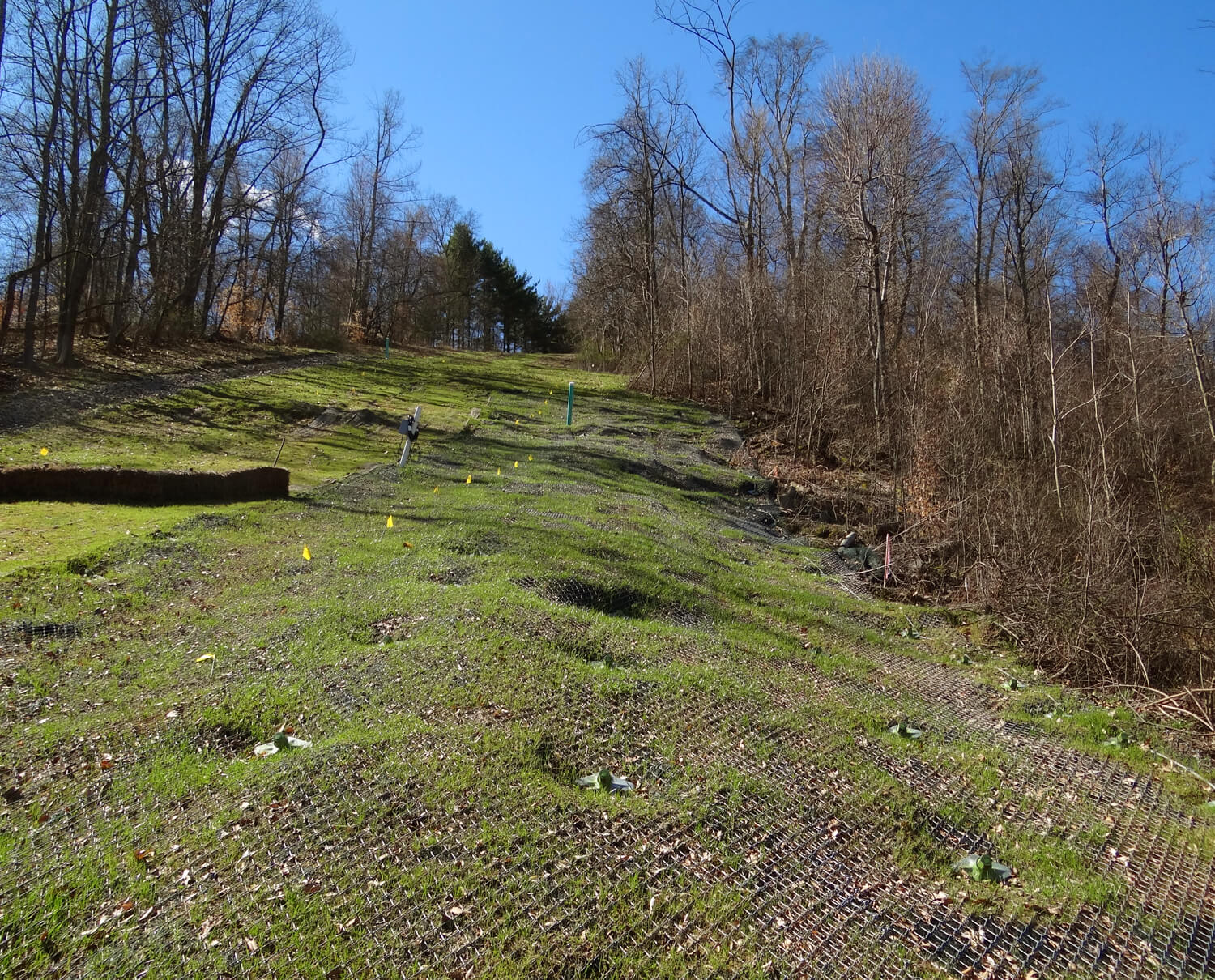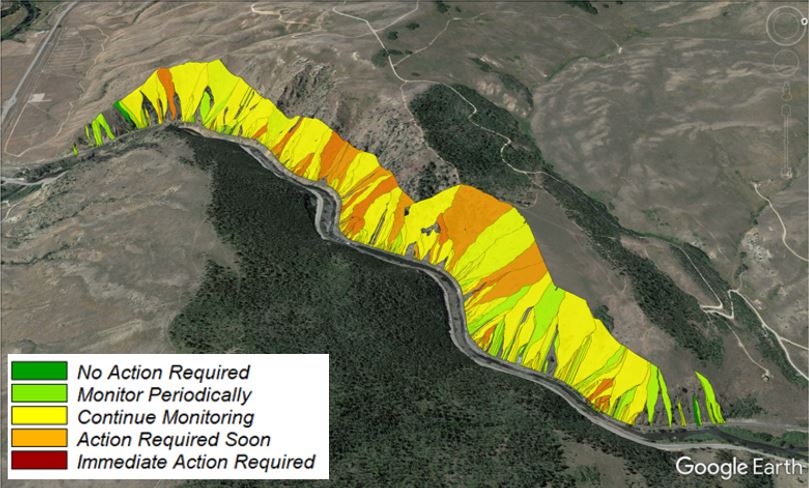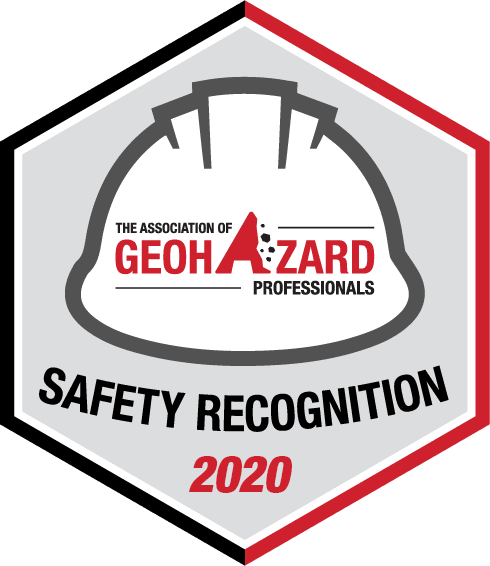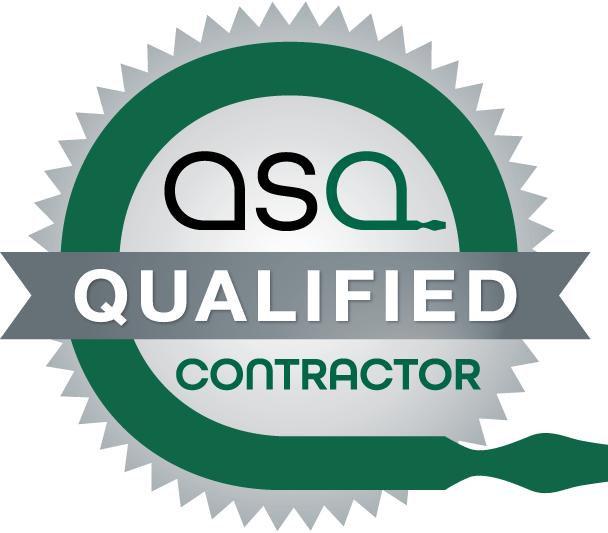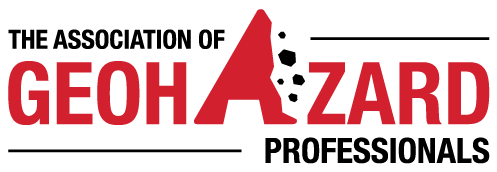UAS Equipment for Data Collection
UAS equipment, such as drones, is used for data collection in geohazard assessments. These devices offer several advantages:
- Aerial Photography: Drones capture high-resolution aerial photographs, providing detailed visual information of the slope and surrounding areas. This data is crucial for identifying potential geohazards and assessing their severity.
- Lidar Data Collection: In heavily vegetated areas, UAS platforms can collect lidar data, which uses laser technology to measure the distance between the drone and the ground. This data helps in creating accurate 3D models of the terrain, even in challenging environments.
